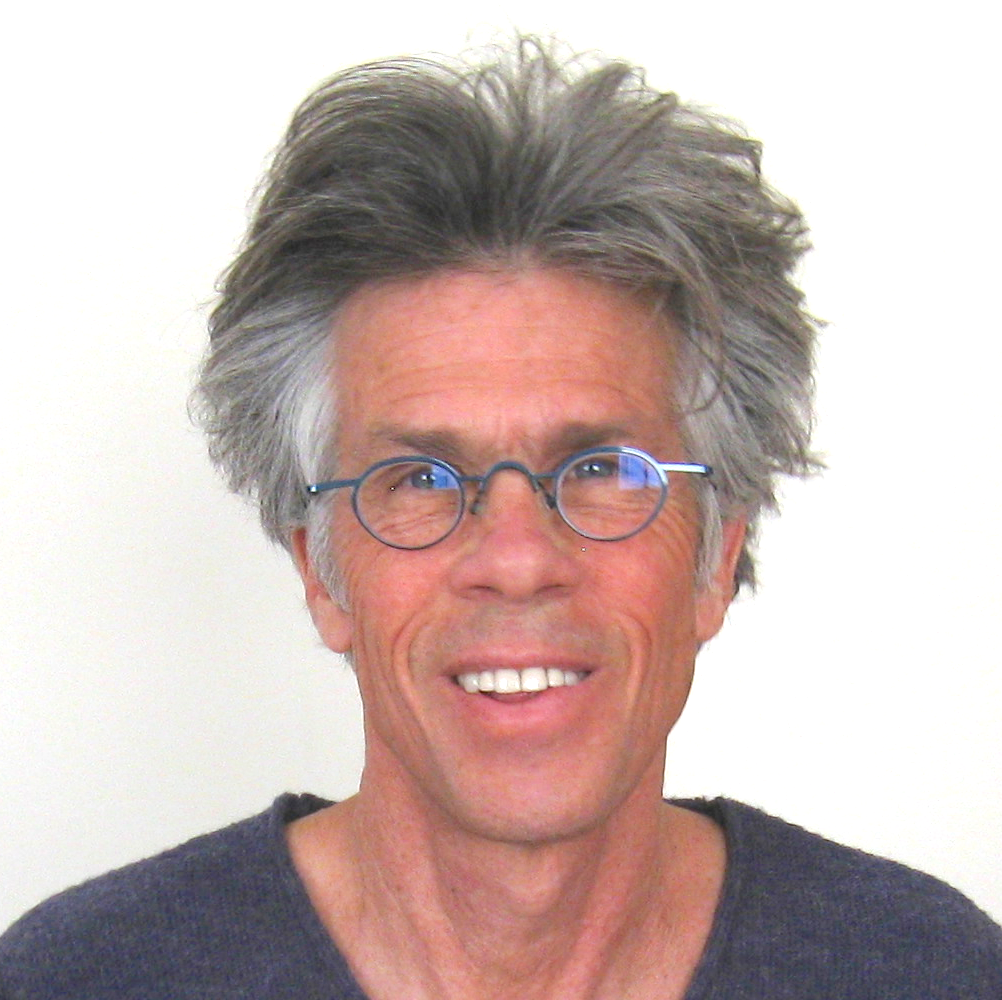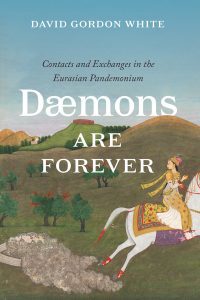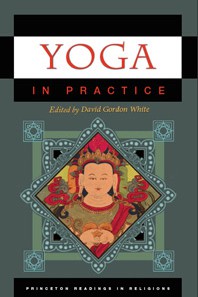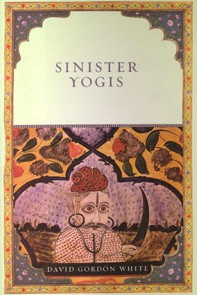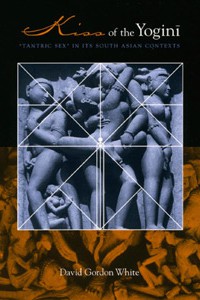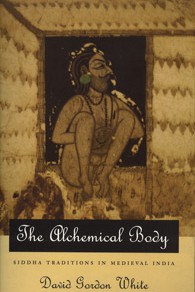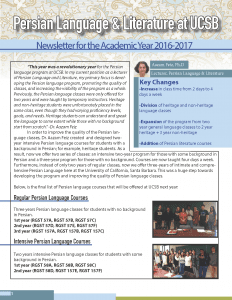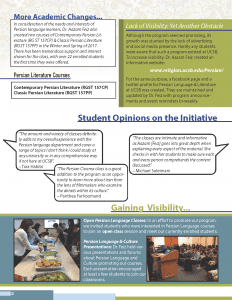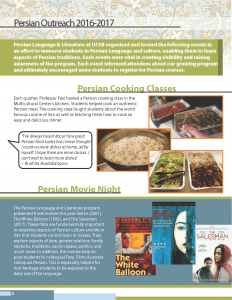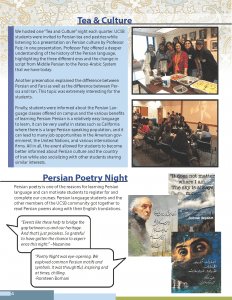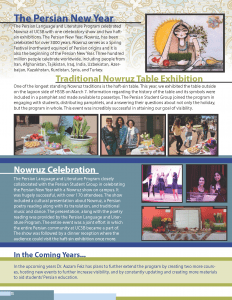David White
About:
Since being named the J. F. Rowny Professor of Comparative Religion in 2011, I have returned to the focus of my PhD dissertation and first book, Myths of the Dog-Man (Chicago: 1991). While that project focused on the spread of the mytheme of a particular monstrous race across ancient and medieval Asia and Europe, my current interest concerns contacts and exchanges in matters of demonology. Unbound as they are by exclusivist doctrinal and institutional strictures,, demons have traveled more lightly than gods, and so it is that one finds the names of Buddhist demons in medieval Manichean spell texts, charms against Iranian demons in Lithuanian and Chinese sources, an amulet of an Indian demoness at an archeological site in Turkmenistan, and so on. Elsewhere, the yoginis and dakinis of South and East Asian Hinduism and Buddhism are found to be related to the striga of ancient Rome and the vampires of early modern eastern Europe; the tenth-century BCE Homeric myth of Odysseus and Circe reappears, only slightly altered, in the Mahavamsa, a fifth-century CE chronicle of the island of Ceylon; and the nightmares of European lore find their homologues in the maras of South Asia and the Chinese “devil-kings” called mo-wang. It is the “connected histories” of these beings and the humans who trafficked in them that have become my area of focus. Both the Silk Road and ancient and medieval maritime trade routes were information superhighways, and a portion of that information was demonological. It is easy to imagine soldiers, sailors, merchants, diviners, monks, and priests swapping amulets and spells at Silk Road halting points and ports. Demons and the techniques to control them were as much a commodity in the ancient and medieval world as germs, guns, and steel.
Publications:
- Dæmons Are Forever: Contacts and Exchanges in the Eurasian Pandemonium (University of Chicago Press, 2021).
- The Yoga Sutra of Patañjali. A Biography (Princeton University Press, 2015). Virtually forgotten in India for hundreds of years and maligned when it was first discovered in the west, the Yoga Sutra of Patanjali now enjoys the status of multicultural icon. David Gordon White tells the story of the rise, fall, and modern-day resurgence of an enigmatic text whose readers have included some of the most colorful culture brokers in history.
- Yoga in Practice (Princeton University Press, 2011).
- Sinister Yogis (University of Chicago Press, 2009). In this book, I rewrite the history of yoga by focusing on 2000 years of representations of the yogic actors known as yogis. Sinister Yogis is the final work (but chronologically the first work) in a trilogy on medieval Indic traditions whose goals were bodily immortality and supernatural powers.
- Kiss of the Yogini: “Tantric Sex” in its South Asian Contexts (University of Chicago Press, 2003). It was ritual transactions in sexual fluids between human practitioners and superhuman female beings called Yoginis that gave Tantra its specificity in medieval South Asian religions.
- Tantra in Practice (Princeton University Press, 2000). I am the editor of this volume, as well as the author of its introductory essay, “Tantra in Practice: Mapping a Tradition.”
- The Alchemical Body: Siddha Traditions in Medieval India (University of Chicago Press, 1996). Between the tenth and fourteenth centuries, the alchemical, hathayogic and erotico-mystical practices of religious sects and orders who called themselves Siddhas were mutually informing.
Articles:
- “Were-Creatures of the Eurasian Ecumene: Variations on a
Theme,” Journal Asiatique 308.1 (2020): 63-83. - “Variations on the Indo-European “Fire in Water” Mytheme in Three Alchemical Accounts,” Journal of the American Oriental Society 137.4 (2017), pp. 679-698.
- “Yoga in Transformation,” in Debra Diamond, ed., Yoga, The Art of Transformation (Washington, D. C.: Smithsonian Institution, 2013), pp. 35-45.
- “Netra Tantra, at the Crossroads of the Demonological Cosmopolis,” Journal of Hindu Studies 5:2 (July 2012): 145-71. Demonological practices recorded in a ninth-century Tantra from Kashmir, still observed in modern-day north India, are shown to have had their origins in ancient Iran.
- “Amulettes et lambeaux divines: « superstition », vraie « religion » et « science » pure à la lumière de la démonologie hindoue,” Purusartha 27 (Paris: Editions de l’EHESS, 2009), pp. 135-62. Certain South Asian demonological traditions have been more faithful to the ancient Vedic religion than those of so-called “mainstream” devotional bhakti.
- “Digging Wells While Houses Burn? Writing Histories of Hinduism in a Time of Identity Politics,” History and Theory 45:4 (2006), pp. 104-31. This article is an expansion on my statement above, and a rejoinder to the anti-historical methods of the Hindu nationalists, the Subaltern School, and much of the History of Religions approach to South Asian religions.
Courses Taught:
- RS 12 Religious Approaches to Death
- RS 136 Creation Myths
- RS 160 Religious Traditions in India
- RS 161D Alchemy, Yoga, and Tantra: Three Paths to Power in Medieval South Asia
- RS 169 Hindu Devotional Traditions
- Alchemy (Freshman Seminar)
- RS 206: Seminar in South Asian Religious Studies (topics include Hindu Epics, Hindu Tantra, Worship Without Devotion: History of South Asian Polytheism)
- Readings in Sanskrit: Netra Tantra, Brhannaradiya Purana, Mahabharata, Rasarnavam, Harivamsa, etc.








